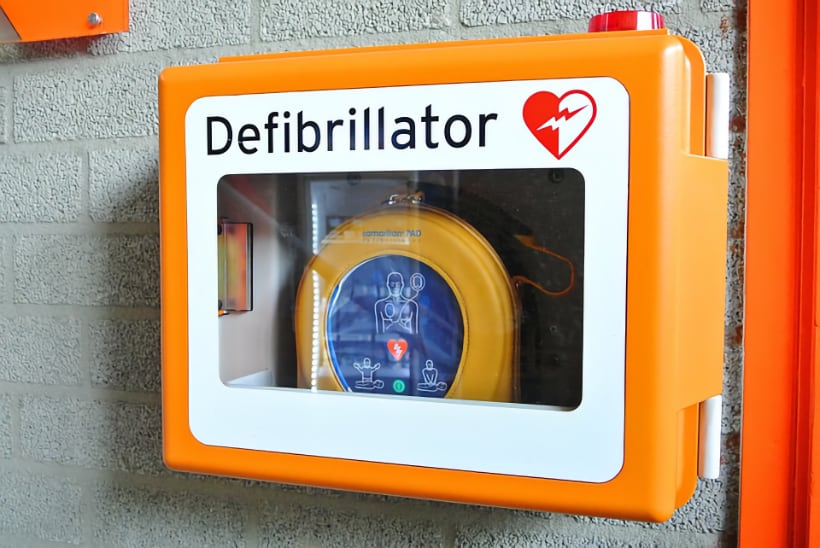By Dr Jonathan Shurlock
Edited by Dr Ahmed El-Medany
At the recent BCS annual conference, among the excellent collection of posters, one in particular was a highlight, with concerning findings. A combined effort from the East of England (EoE) Cardiac Network, EoE Ambulance Service, Essex Cardiothoracic Centre and Anglia Ruskin School of Medicine has identified a gap in the chain of survival for out of hospital cardiac arrest (OOHCA), in their region.
The study identified all presentations of OOHCA over a 6 month period (April-September 2022) in the East of England. Through a research request to the BHF Circuit network, they identified available Public Access Defibrillators (PADs), the distance of PAD from OOHCA location, and frequency of PAD use. Of 1,649 identified cases of OOHCA, PADs were available in 79% of cases (1,302). Availability was quantified as being within 500 metres of event location. Despite this availability, PADs were used in 10.1% of cases (132).
Sub-analysis demonstrated that PAD density was reduced in more deprived areas. Luton was identified as the most deprived area within the East of England region. The researchers found Luton to have a density of 16 PADs per 100,000 people, compared to the regional mean of 72 per 100,000. A corollary to this was the finding that significantly fewer OOHCAs occur within 500m of a PAD in Luton compared to the regional average (37.5% versus 57.6%).
While the specific reasoning for lack of PAD use was not explored by this study, the findings demonstrate a clear issue which will likely require a broad and bold approach, with a focus on public messaging and education. A more complex finding is that of the disparity in PAD availability related to levels of deprivation, which is just as important an issue to solve, with equal complexity. The full paper will likely provide further insight following peer-reviewed publication.
See specific comments from the BHF regarding this work here.

